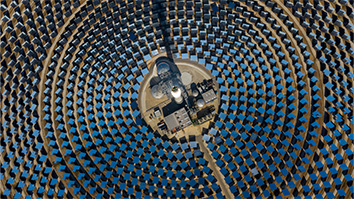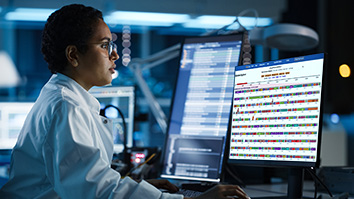Citation
Olívia Bacellar, Daniela Faria, Márcia Nascimento, Thiago M. Cardoso, Kenneth J. Gollob, Walderez O. Dutra, Phillip Scott, Edgar M. Carvalho, Interleukin 17 Production among Patients with American Cutaneous Leishmaniasis, The Journal of Infectious Diseases, Volume 200, Issue 1, 1 July 2009, Pages 75–78, https://doi.org/10.1086/599380
Abstract
Interleukin 17 (IL-17) plays a critical role in inflammation and autoimmunity. Very little is known about IL-17 in protozoa infection. Here, we show that lymphocytes obtained from patients with mucosal leishmaniasis and cutaneous leishmaniasis produce higher levels of IL-17 than do lymphocytes obtained from uninfected control subjects (P<.01). There was a tendency for tissue obtained from patients with mucosal leishmaniasis to contain a higher number of cells expressing IL-17, compared with tissue obtained from patients with cutaneous leishmaniasis, and there was a direct correlation between the number of cells expressing IL-17 and the presence of cellular inflammation at the lesion site (r2=0.86; P<.001). These data support the role of IL-17 in the pathogenesis of the inflammatory reaction in leishmaniasis.
Keywords: inflammation, cutaneous leishmaniasis, autoimmunity, interleukin-17, leishmaniasis, lymphocytes, infections, protozoa, mucosal leishmaniasis


